9 Ingredients Food Scientists Use to Hide Sodium on Nutrition Labels
Sodium shows up in surprising ways on packaged foods, and that matters—especially if you're watching blood pressure or trying to eat more mindfully as you age. The nutrition facts panel tells total sodium per serving, but the ingredient list reveals how manufacturers achieve the flavor and texture that keep us reaching for a second serving. Some ingredients add salt directly, while others change mouthfeel or boost savory notes so companies can tweak how much table salt appears on the label. Learning which names to watch for helps you make smarter choices at the grocery store without feeling overwhelmed. In this article we explain nine common ingredients and ingredient groups that contribute to hidden sodium, where they’re commonly found, and how to spot them. You’ll also get practical shopping tips to lower your overall sodium intake while still enjoying food that tastes good. Finally, a quick note: FDA approves many of these additives for safety, but approval doesn’t mean they’re low in sodium or appropriate for every diet. If you have a medical condition requiring strict sodium limits, check with your healthcare provider before making changes. Read on for gentle, realistic steps to protect your health and savor your meals.
1. Monosodium Glutamate (MSG) and Related Glutamates
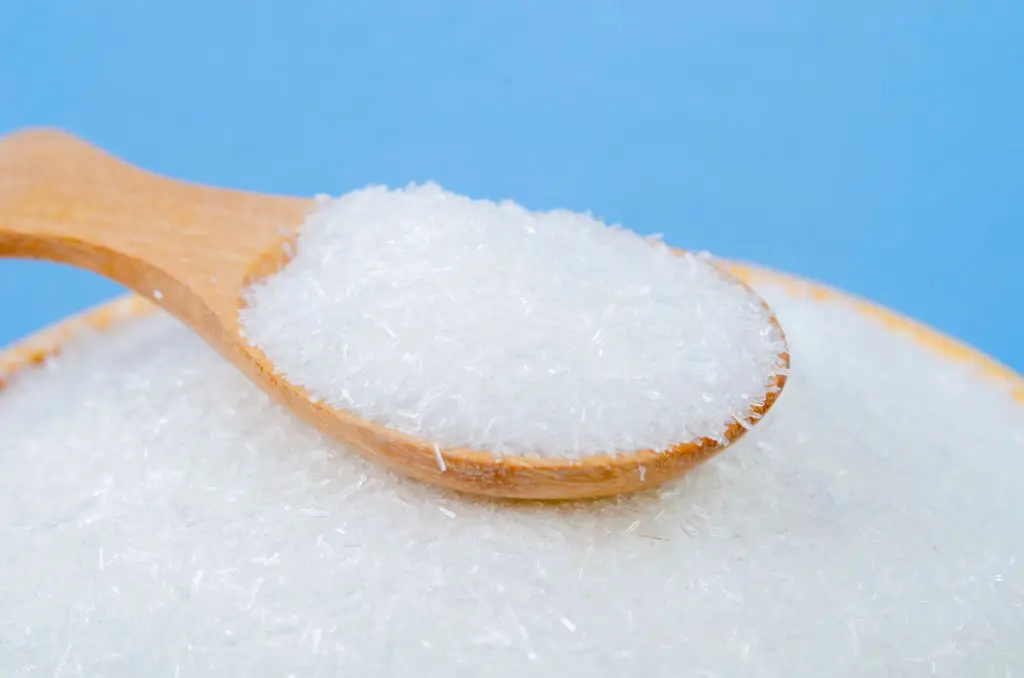
Monosodium glutamate, commonly listed as "monosodium glutamate" or simply "MSG," is a sodium-containing compound that enhances umami, the savory taste people often associate with satisfaction. Because MSG intensifies savory flavors, manufacturers can use it to preserve a full-flavor profile while reducing added table salt—or to mask sodium reductions so a product still tastes familiar. You’ll see MSG in canned soups, instant noodles, snack seasonings, frozen entrees, and many prepared sauces. Some ingredient lists also include other glutamates or terms like "hydrolyzed vegetable protein" and "autolyzed yeast extract"; those can supply free glutamate that functions like MSG. While MSG contributes to total sodium, its weight contribution differs from plain salt, and not every product reports how much sodium each additive adds. For shoppers, the practical step is simple: scan the ingredient list for "monosodium glutamate," "hydrolyzed vegetable protein," "autolyzed yeast extract," or "yeast extract" if you want to reduce hidden sodium. If sodium is a medical concern, tracking total milligrams on the Nutrition Facts panel is the clearest guide.
2. Seasoning Salts (garlic salt, onion salt, celery salt)

Seasoning salts are convenience formulations that blend dried spices with concentrated salt. Examples include garlic salt, onion salt, and celery salt. They were designed to deliver the flavor of whole spices in a ready-to-sprinkle form, but the trade-off is a heavy sodium load compared with using fresh garlic or onion. For perspective, a single teaspoon of garlic salt contains far more sodium than a clove of fresh garlic. Processed snack foods, seasoning packets, pre-seasoned meats, and many boxed dinners often list these salts near the top of the ingredient list. The label trick to watch: a seasoning name without a clear breakdown of its contents—if an ingredient says “seasoning” or “spice blend,” check the full ingredient panel or the Nutrition Facts for sodium per serving. A practical approach is to favor single-ingredient spices or make small homemade blends so you control how much salt they contain. This strategy keeps flavor while reducing the hidden sodium that seasoning salts quietly add.
3. Mixed Seasonings and Spice Blends
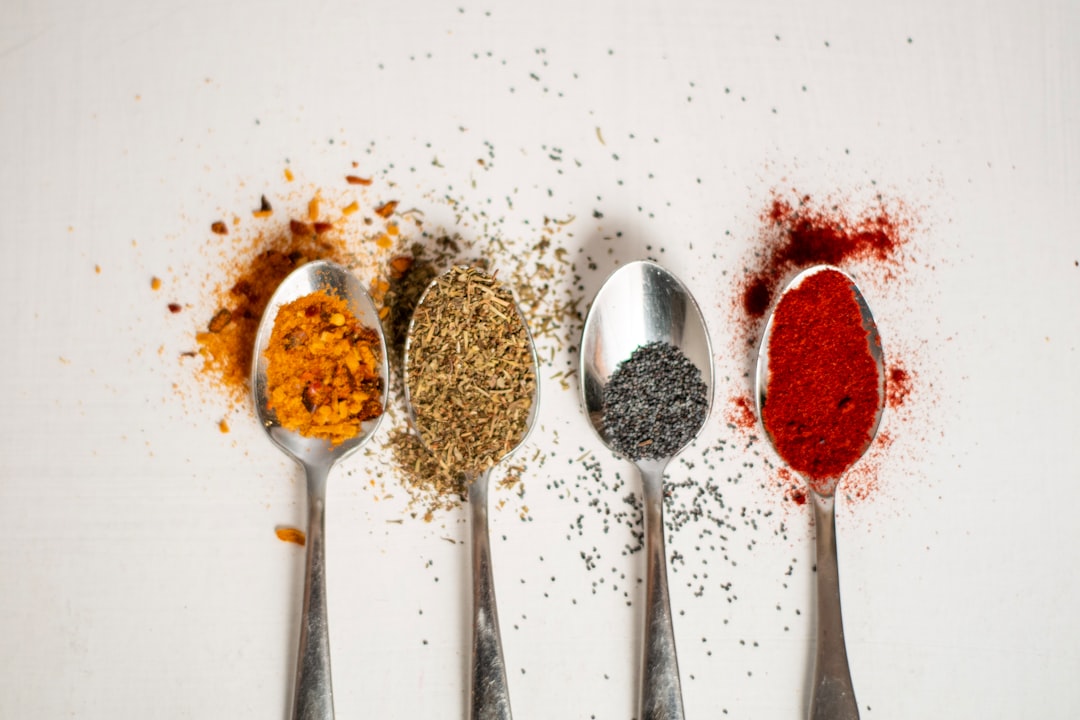
Pre-mixed spice blends—barbecue rubs, taco seasonings, and prepackaged curry mixes—are time-savers but often contain added salt or salt-containing components. Research and food-data analysis show that some blends can contribute measurable sodium per teaspoon; for instance, common spice preparations and certain mustards or spice mixes register notable sodium amounts when compared teaspoon-for-teaspoon with fresh ingredients. Manufacturers vary recipes widely, so two “taco seasonings” can have very different sodium loads. Because the serving size listed on Nutrition Facts can be small, it’s easy to misjudge how much sodium ends up on your plate once you use a typical scoop or sprinkle. To reduce hidden sodium, compare the Nutrition Facts across brands, look for blends labeled “low-sodium,” or assemble your own blends using dried herbs and salt-free mixes. This gives you the desired flavor profile while keeping sodium within your preferred range.
4. Sodium-Based Preservatives (sodium benzoate, sodium nitrate/nitrite)
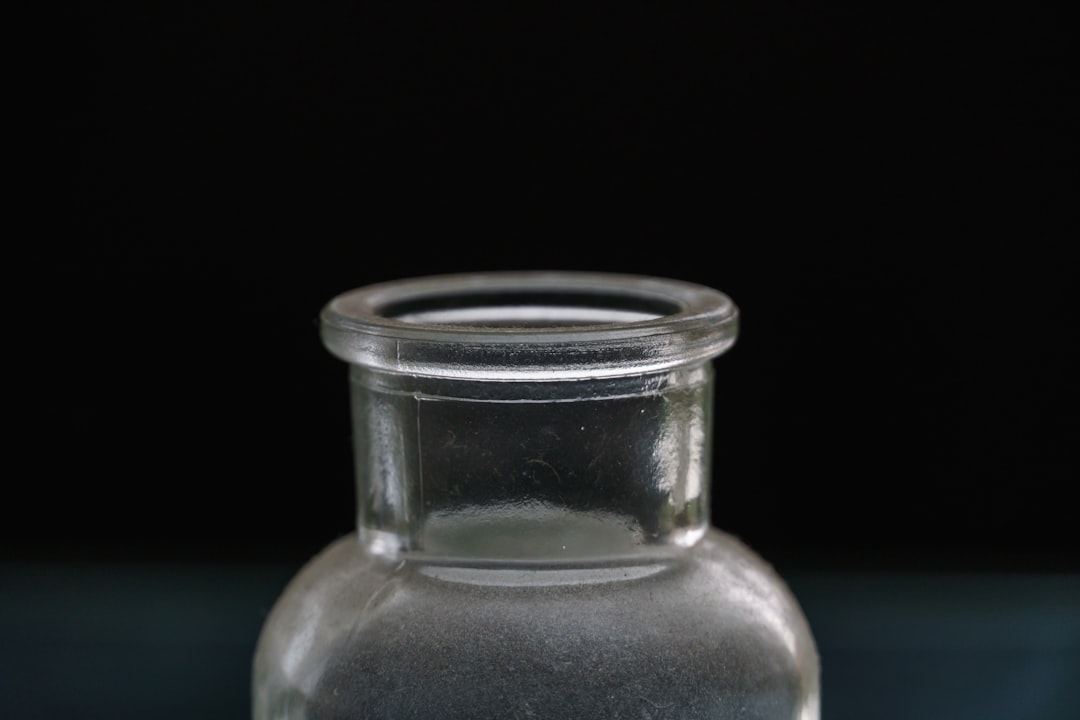
Several preservatives include sodium in their chemical names. Sodium benzoate, sodium nitrate, and sodium nitrite are examples that help protect shelf-stable foods from spoilage or bacterial growth. These ingredients appear in pickles, cured meats, canned goods, sauces, and some beverages. While their main role is preservation rather than seasoning, they add to total sodium content and should be counted toward daily intake. Sodium nitrate and nitrite are especially common in processed meats like ham and bacon, where they also preserve color and inhibit bacterial growth. The practical takeaway: whenever you see "sodium" at the start of an ingredient name, consider it part of your sodium budget. If you’re trying to lower intake, prioritize fresh or minimally processed alternatives and compare labels—products that use alternative preservation methods may still be higher in sodium, so the numbers matter most.
5. Emulsifiers and Texture Modifiers (sodium caseinate, sodium alginate)
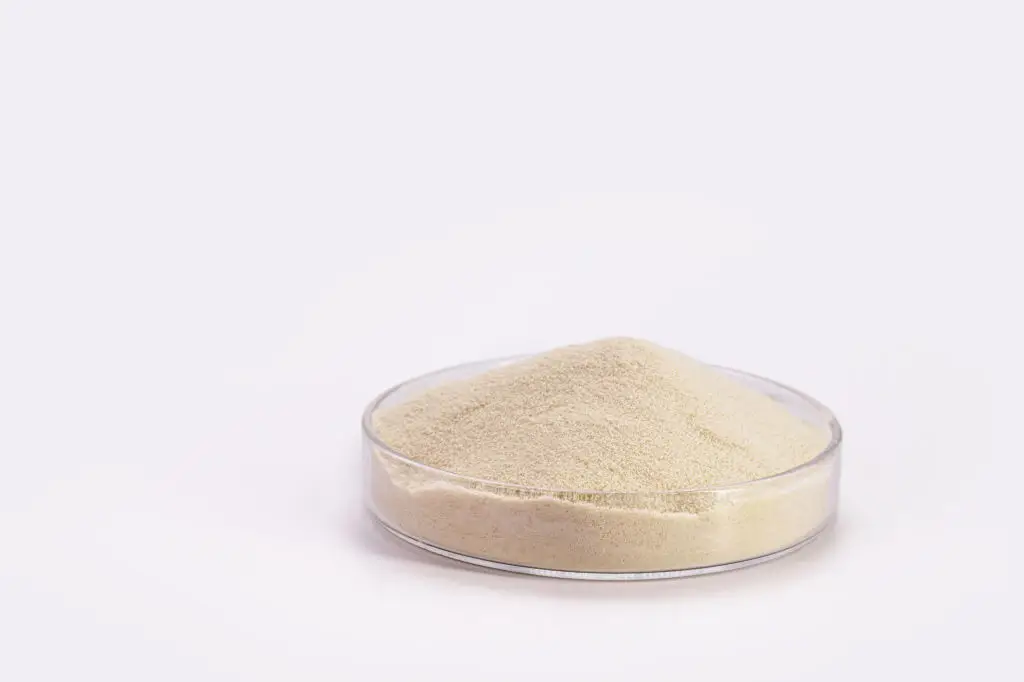
Emulsifiers and texture ingredients keep foods smooth, stable, and visually appealing. Some of these additives include sodium in their composition—sodium caseinate, sodium alginate, and various sodium salts of gums are examples. They’re used in processed cheeses, dairy alternatives, dressings, and ready-to-eat meals to prevent separation, thicken sauces, or improve mouthfeel. Because their primary goal is structural rather than flavor, they can fly under the radar when shoppers focus only on “salt.” Yet they contribute to a product’s total sodium tally. For people managing sodium intake, paying attention to compound ingredient names that include "sodium" helps reveal hidden sources. Choosing products with simpler ingredient lists or brands that offer low-sodium formulations can reduce this background sodium without sacrificing everyday convenience.
6. Flavor Enhancers Beyond MSG (disodium inosinate, disodium guanylate)

Beyond MSG, manufacturers use a family of flavor-enhancing ingredients such as disodium inosinate and disodium guanylate. These compounds often appear alongside MSG or as part of natural flavor systems, and they amplify umami and savory notes. Their presence can make a product taste more flavorful without an obvious increase in table salt, or they can compensate when overall salt has been reduced. Because these are sodium salts, they also add to the milligrams listed on the Nutrition Facts panel. Look for compounds beginning with "disodium" or other sodium prefixes in long ingredient lists. If minimizing sodium is important to you, choose products that advertise no added MSG or no sodium-based flavor enhancers, and always verify the Nutrition Facts for total milligrams per serving.
7. Stabilizers and Thickeners with Sodium (disodium phosphate, sodium citrate)

Stabilizers and thickeners help sauces, processed cheeses, and ready meals maintain the right texture and pH. Ingredients like disodium phosphate and sodium citrate control acidity and improve melting or emulsification properties. Though these additives aren’t used to impart a salty taste, their sodium content adds to a product’s overall sodium count. They’re common in boxed macaroni and cheese, processed cheese slices, and some canned soups. For practical shopping, check both the ingredient list and the Nutrition Facts panel—if a product uses multiple sodium-containing stabilizers, those amounts add up. Choosing whole-food alternatives or brands that advertise simpler formulations is an effective way to lower intake without needing deep chemical knowledge.
8. Modified Starches and Protein Isolates
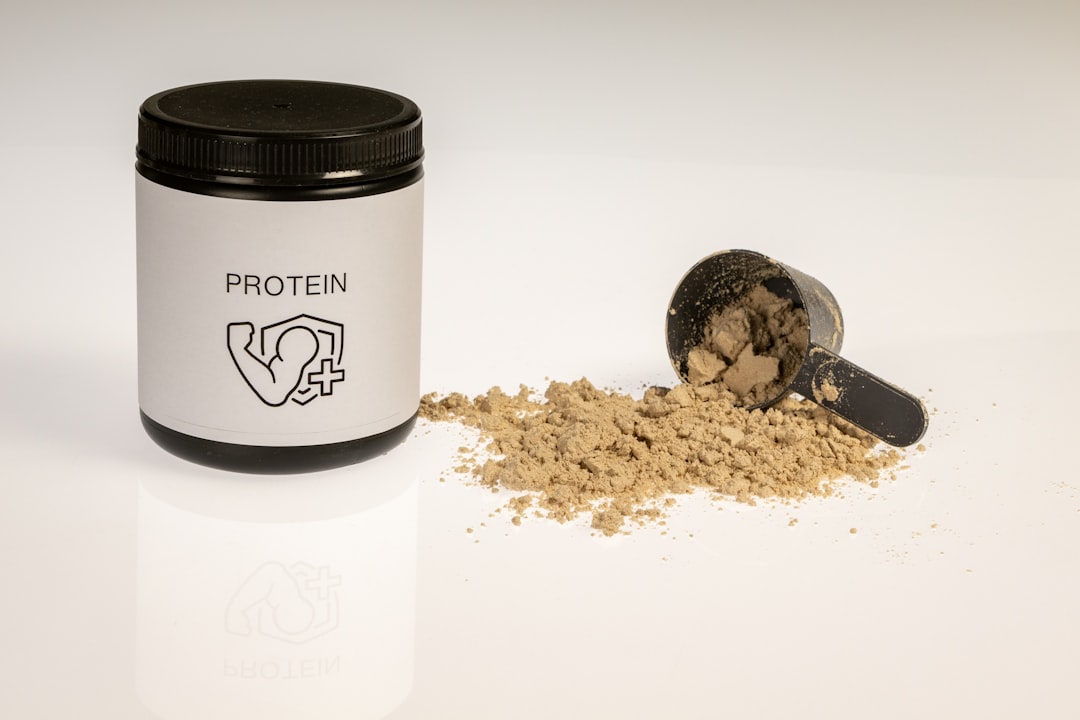
Modified starches and protein isolates are processing tools that control moisture, texture, and shelf life in many packaged products. They are sometimes processed into sodium-containing forms or included as part of compound ingredients that contain sodium. Examples include certain modified food starches and milk or soy protein isolates used in bars, soups, and meal replacements. These ingredients help products retain moisture, create pleasing mouthfeel, and stabilize emulsions—features that can enhance perceived flavor and therefore allow companies to tune salt levels in complex ways. For shoppers, the useful rule is to treat compound or highly processed ingredient lists as a flag: compare brands and check sodium per serving. Whenever possible, choose items with fewer additives or make simple versions at home to control how much sodium ends up in the final dish.
9. Sodium-Based Leavening Agents and Baking Additives (sodium bicarbonate variants)
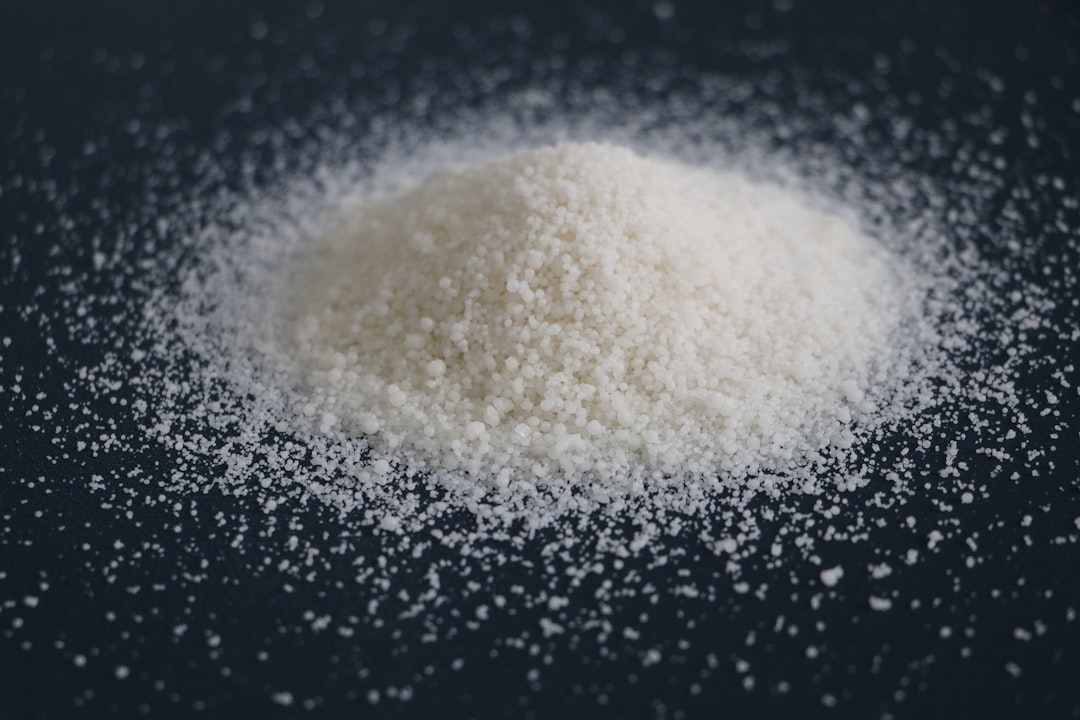
Leavening agents like sodium bicarbonate (baking soda) and related sodium-containing baking aids are standard in many baked goods and snack items. While their primary role is structural—helping dough rise—they contribute small amounts of sodium that can become meaningful if combined with other sodium sources in processed baked products. Some commercial baking mixes and ready-made snacks include additional sodium-containing additives to control texture and shelf life. For people tracking sodium closely, check the Nutrition Facts on bakery items and packaged mixes; a “low-sodium” claim can be helpful but always confirm the milligrams per serving. Choosing lower-sodium recipes or fresh-baked goods made at home gives you direct control over the amount of baking soda and added salt used.
Wrap-Up: Spotting Hidden Sodium and Practical Next Steps
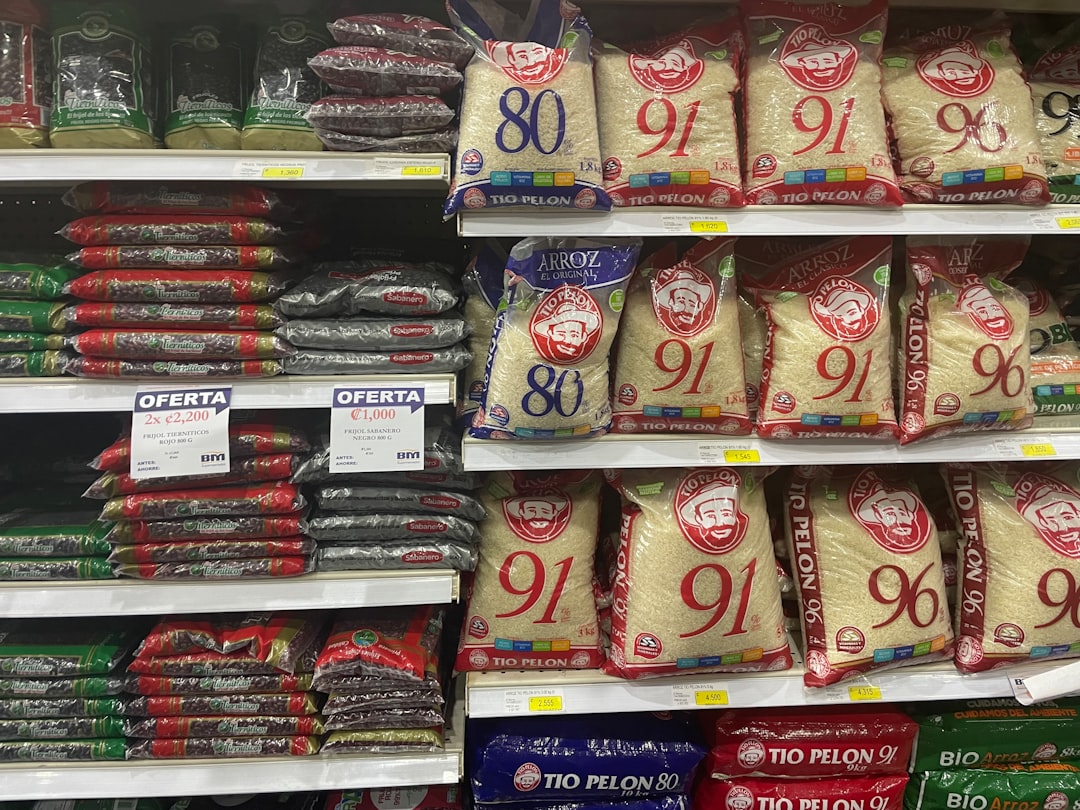
Hidden sodium often hides in plain sight. Ingredient names that start with “sodium,” chemical-sounding additives, seasoning salts, and flavor enhancers all add to the milligrams counted on the Nutrition Facts panel. The easiest and most reliable step is to scan the Nutrition Facts for total milligrams of sodium per serving and compare similar products side by side. When ingredients are long or unfamiliar, look for the presence of "sodium" in names and common additives like MSG, disodium compounds, and sodium-based preservatives. Practical habits that make a real difference include favoring fresh or minimally processed foods, using individual spices instead of pre-mixed seasoning salts, and preparing simple meals at home where you control the salt. If you need a stricter sodium limit because of health conditions, consult your healthcare provider or a registered dietitian; they can help set a target that fits your medical needs and daily life. FDA approval of an additive does not automatically make it low in sodium—safety and sodium content are separate concerns—so focus on total milligrams and consistent, small changes that add up over time. Small adjustments often feel doable and lead to meaningful improvements in health and how you feel day to day.
